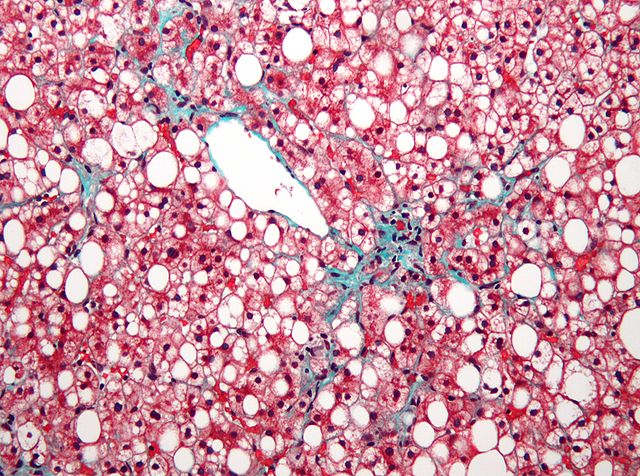July 2007 - An obese person is more likely than a lean person to develop multiple myeloma, according to researchers from Brigham and Women's Hospital, Harvard Medical School, and Harvard School of Public Health. Their findings indicate that Body Mass Index (BMI) - a statistical measure that scales weight to height - provides an indicator for one's risk of developing multiple myeloma, a cancer of the blood cells that produce antibodies. Multiple myeloma currently affects more than 50,000 people in the U.S., and the five-year survival rates of the cancer are below 40 percent.
The study, published in the July issue of Cancer Epidemiology, Biomarkers & Prevention, a journal of the American Association for Cancer Research, takes its data from over 100,000 participants in the on-going Nurses' Health Study and Health Professionals Follow-up Study, two similar large-scale studies. The study findings were similar to those from previously published studies that included smaller numbers of multiple myeloma patients, and/or were based on a one-time recording of height and weight.
"I find the results of these studies encouraging, since they show consistent results about the first risk factor for multiple myeloma that people can actually modify," said the study's lead author Brenda M. Birmann, Sc.D., a researcher in the Department of Medicine at Brigham and Women's Hospital and Harvard Medical School. "Treatment options for this disease are improving, but it is also important to identify risk factors that could be modified. We would like to learn how to prevent its occurrence."
The Brigham and Women's Hospital-based Nurses' Health Study has followed the health of female registered nurses since 1976, and the Health Professionals Follow-up Study, based at Harvard School of Public Health, has followed males from several health professions since 1986. These studies recorded height, weight and physical activity for each person enrolled, as well as diet, medications, smoking habits and other health behaviors, and has updated that information every two to four years. Of the 136,623 participants who qualified for their study protocol, Birmann and her colleagues confirmed 215 cases of multiple myeloma.
Body Mass Index (BMI) is computed by dividing a person's weight by the square of their height. A BMI between 18.5 and 25 is considered optimal, a BMI of 25-29 is considered overweight, and a BMI of 30 or higher is considered obese.
Continue Reading Below ↓↓↓
The association between BMI and multiple myeloma was strongest among men with a BMI of 30 or more. When compared with leaner men (those with a BMI below 22), obese men, the researchers said, were over twice as likely to develop multiple myeloma. The effect was less pronounced among overweight or obese women, yet those women also had an increased risk.
The study also looked at whether regular exercise is related to risk of multiple myeloma. There was not a clear effect of exercise on risk, although the results among women suggested that those who exercise more might have a lower risk. "We cannot say with certainty that exercise reduces the risk of multiple myeloma, but there is ample evidence that regular exercise offers many other health benefits," Birmann said.
The study findings do show, however, that the effect of BMI on risk of multiple myeloma is separate from any possible effect of physical activity.
According to Birmann, previous research has identified possible biological links between obesity and multiple myeloma. For example, adipocytes, cells found in fat tissue, produce a cell signal, called interleukin-6 (IL-6), which promotes the immune system's inflammation response. In obese people, this can cause an overproduction of IL-6, which in turn creates a cellular environment that sustains multiple myeloma. "The IL-6 chemical pathway is one possible way obesity could influence the risk of developing diseases like cancer or cardiovascular disease, but the answer might also lie in other relationships between obesity and cancer," Birmann said.
Further research, she said, will uncover more about the relationships between obesity and cancers such as multiple myeloma. The researchers believe their findings may lead to examination in greater detail of the BMI/multiple myeloma link, including the role of IL-6 and other chemical signals, energy metabolism, and other risk factors such as weight change or weight cycling.
This research was funded through grants from the Dana-Farber/Harvard Cancer Center Specialized Program in Research Excellence in Multiple Myeloma, the National Cancer Institute and the National Institutes of Health.
Source: American Association for Cancer Research










